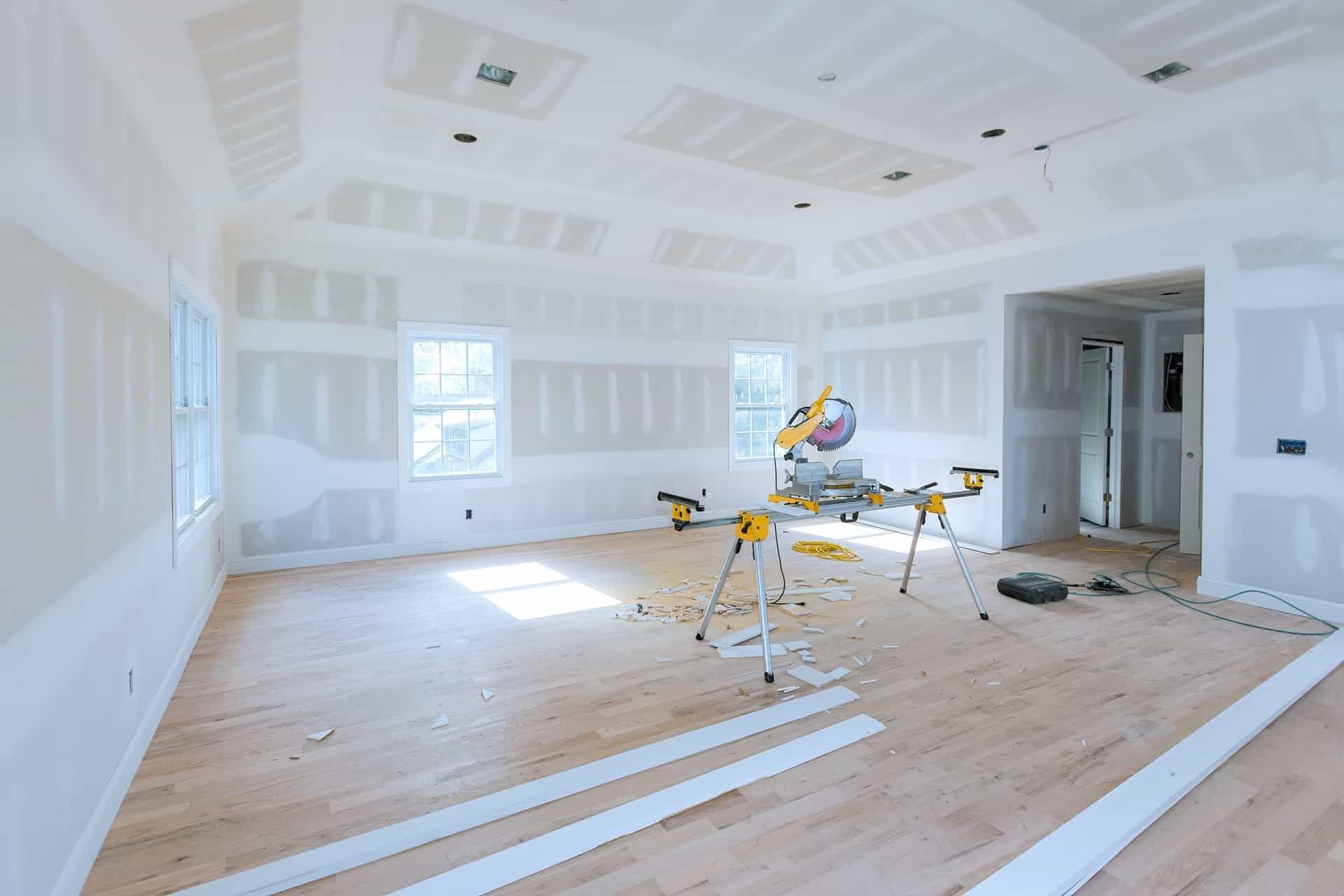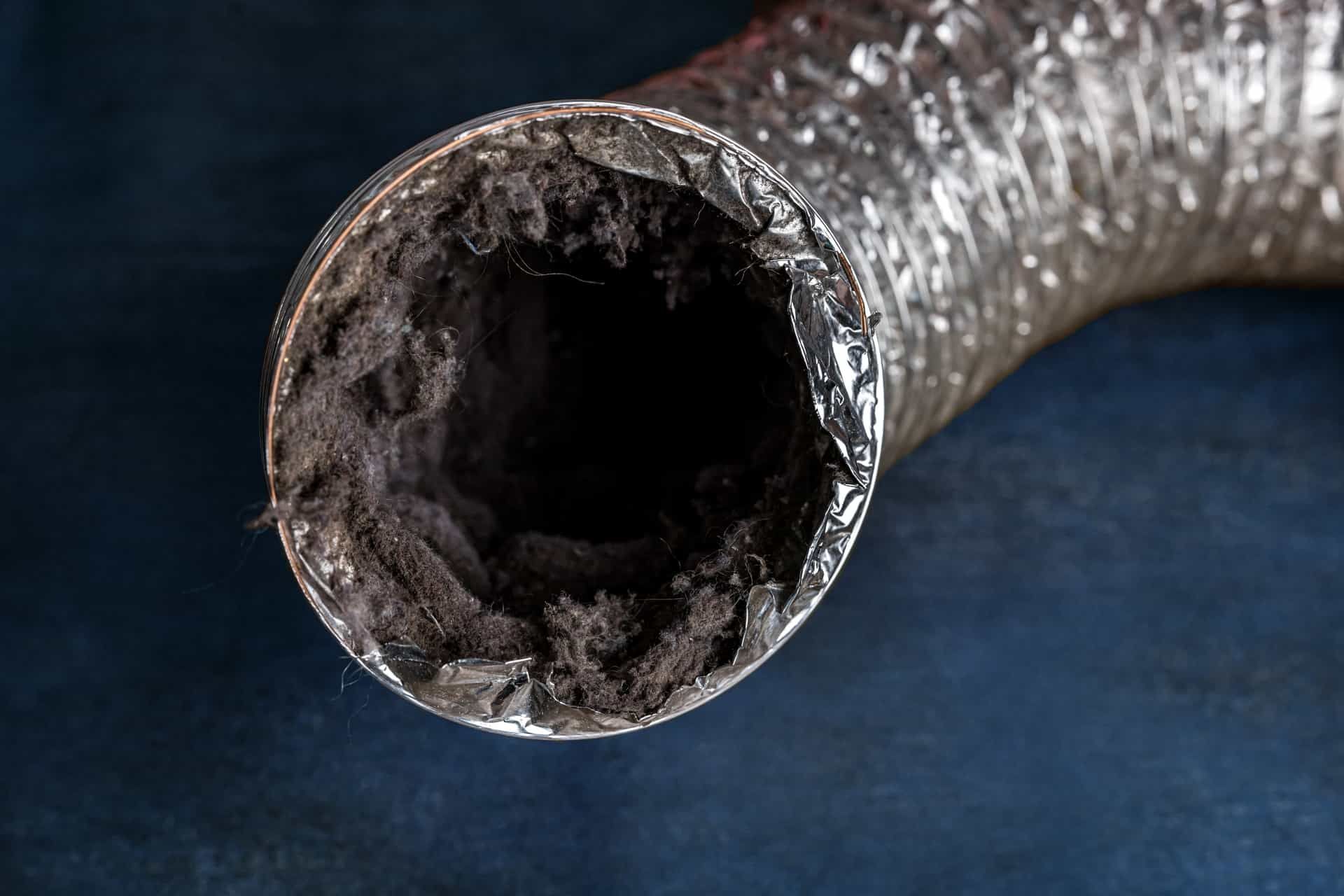New Construction Inspections: Why You Need an 11-Month Check-Up
When you move into a new house, everything feels fresh and perfect. The fresh paint sparkles and the floors are spotless. The appliances carry that new home aroma. Yet, challenges can emerge in newly built homes as the house settles and you begin to inhabit it.
This is where an
11-month inspection, also called a new
construction inspection, proves its worth. It is carried out before the expiration of the builder's warranty. This inspection can uncover hidden issues and ensure that the builder rectifies any problems before you assume full responsibility for maintenance and repairs.
This article will delve into the significance of new construction inspections and explain why scheduling an 11-month evaluation is crucial for recent homeowners.
What Does an 11-Month Inspection Entail?
An
11-month inspection involves evaluating your residence before the one-year builder warranty period ends. This type of inspection aims to reveal any flaws or concerns that may have emerged since you moved in, enabling you to request repairs or adjustments from the builder while your warranty remains in effect.
Why Specifically, at 11 Months?
The timing is pivotal as most builder warranties span for one year.
By scheduling the inspection around the 11-month mark, you can ensure that any problems found are still within the warranty period. This allows you plenty of time to inform the builder and arrange any repairs before the warranty expires.
Reasons Why New Homes Require an 11-Month Inspection
Newly constructed homes are designed to meet standards using cutting-edge materials and technology. However, they are not immune to issues. Here's why an
11-month inspection is crucial:
1. Detecting Construction Flaws
In new homes, construction flaws may arise. These could involve problems with the foundation, roof, plumbing, electrical systems, etc. An inspection at the
11-month mark can pinpoint issues that may not have been apparent during the walk-through or that have emerged as the house settled over time.
2. Ensuring Proper Installation
New homes often involve various contractors and subcontractors working together. Miscommunication or oversights can result in improper installations. For instance,
HVAC systems might be improperly installed, plumbing could have leaks, or electrical wiring might not comply with regulations. An inspection at
11 months can catch these issues to prevent repairs later.
3. Revealing Hidden Concerns
Some problems may take time to notice. This could lead to damage over time. For example,
water leaks could result in the growth of mold, and structural flaws might compromise the stability of your house. At 11 months, an inspection can reveal these hidden issues before they escalate into concerns.
4. Make the Most of Your Warranty Coverage
Most builder warranties encompass material and artistry defects for a year. Inspecting at 11 months ensures you fully utilize this warranty period by pinpointing any problems that require attention. This proactive approach can prevent repairs that would otherwise burden you once the warranty lapses.
5. Peace of Mind
Having your home thoroughly inspected and issues addressed offers peace of mind. It guarantees that your investment is safeguarded, allowing you to relax and enjoy your home without fretting about issues.
What's Included in an 11-Month Inspection?
An
11-month inspection is the same as a standard home inspection. However, with a focus on new construction challenges. Here's what it usually includes;
1. Structural Components
- Foundation: Check for cracks, settling concerns, and moisture seepage.
- Roof: Inspect for shingles, leaks, and correct installation.
- Framing: Look out for indications of shifting, warping, or other structural issues.
2. Exterior Elements
- Examine the siding for any damage, gaps, or incorrect installation.
- Inspect the windows and doors to ensure they are correctly sealed, aligned, and functioning.
- Check that decks and porches are securely attached and free from any damage
3. Interior Features
- Look out for cracks, leaks, or indications of water damage on walls and ceilings.
- Check floors for squeaks, gaps, and correct installation.
- Inspect doors and windows for operation, alignment, and sealing.
4. Mechanical Systems
- Make sure HVAC systems are working efficiently.
- Check plumbing for leaks, installation, and drainage issues.
- Inspect wiring, outlets, and fixtures to ensure safety and compliance with codes.
5. Appliances and Fixtures
- Verify the operation and installation of kitchen appliances.
- Inspect bathroom fixtures for leaks and correct installation methods and functionality.
- Ensure the water heater is functioning correctly.
6. Attic and Insulation
- Check that the insulation is installed correctly and has coverage.
- Inspect the attic for ventilation problems, leaks, or signs of pests.
Choosing an Inspector for an 11-Month Inspection
Selecting an inspector for your
11-month checkup is essential. Here are some suggestions to assist you in finding a professional:
1. Verify Credentials
Make sure the inspector holds a license and certification in your state. Look for affiliations with groups like the American Society of Home Inspectors (ASHI) or the International Association of Certified Home Inspectors (InterNACHI).
2. Experience in New Construction
Choose an inspector with experience in inspecting new construction homes. They will be knowledgeable about problems and understand what to look for in a new home.
3. Check Reviews and Request References
Review feedback and seek references from past clients. A reputable inspector should have a record of satisfied customers willing to provide references.
4. Compare Estimates
Obtain estimates from inspectors and compare their offerings and charges. Exercise caution, with prices significantly lower than the average, as this could suggest subpar service.
5. Examine the Inspection Report
Request a sample inspection report to gauge the level of detail and thoroughness provided. A quality report should describe any issues accompanying photos and repair recommendations.
6. Post Inspection Protocol
Upon completing the 11-month inspection, you will receive a report outlining any identified issues.
What to Do After the Inspection?
1. Go through the
inspection report carefully. Take note of any issues that require attention, and pay attention to items covered by your builder's warranty.
2. Contact your builder promptly to report any defects or problems. Share a copy of the
inspection report with them and ask them to address the issues before the warranty period ends.
3. Coordinate with your builder to schedule repairs. Ensure all work is done satisfactorily and any issues are entirely resolved.
4. Keep records of all communications, inspection reports, and repairs. This documentation can be helpful if you face any disagreements or need to prove that problems were reported within the warranty timeframe.
5. If significant repairs are necessary, consider arranging a follow-up inspection to confirm the work has been done correctly.
Conclusion
In conclusion, an
11-month inspection is crucial for new homeowners to safeguard their investment and ensure that any concerns are dealt with while the builder's warranty is still valid. By spotting and fixing issues early, you can avoid repairs and have peace of mind knowing your new home is in top shape.
For homeowners in Florida, a state with a booming construction industry, scheduling an inspection at
11 months is vital. The humid weather in the area can worsen problems like moisture seepage and mold growth, making it crucial to detect and resolve issues promptly. By collaborating with an inspector and using your builder's warranty, you can ensure the durability and worth of your residence.
For details on inspections, for constructions, and to set up your
11-month inspection, check out
Guardian Angel Inspections, Royal Palm Beach, Florida. Our skilled inspectors are ready to assist you in safeguarding your home and investment.
Disclaimer: The information on this website and blog is for general informational purposes only and is not professional advice. We make no guarantees of accuracy or completeness. We disclaim all liability for errors, omissions, or reliance on this content. Always consult a qualified professional for specific guidance.
Share this entry







